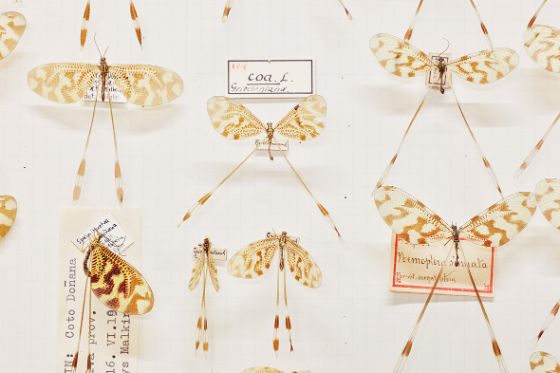THE EVOLUTION OF RUMINANTS
Around 22 million years ago, Western Europe was a kind of experimentation region for the evolution of ruminants. Several species developed and were common. Their main features were a lack of antlers; however they had sabre teeth. Thousands of fossils have been found that date from this time period, but we lack a full understanding of them.
Sites of particular interest are Montaigu-le-Blin in France and Ulm-Westtangente in Germany. There, thousands of remains of ruminants have been unearthed, from complete skulls and jaws to parts of skeletons.
Our project aims to better understand these fossils, which form a significant group of ruminants from which modern families are descended. Their appearance is extremely primitive, which makes research difficult: they had neither antlers nor horns – useful distinguishing features. On the other hand, they possessed elongated upper canine teeth.
Many species have been described in the last 170 years, which leaves much to be discovered. The two important find spots and a mass of material means that these collections afford a wonderful window onto the adaptation of early ruminants.
Our job involves the measurement of teeth and bones as well as the study of skull features, in order to be able to differentiate between species. We are also attempting to assess species in the context of evolution and morphological variation. Finally, we are comparing the wealth of material from the two locations to enable biogeographical analysis.
